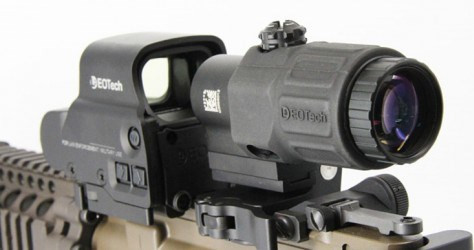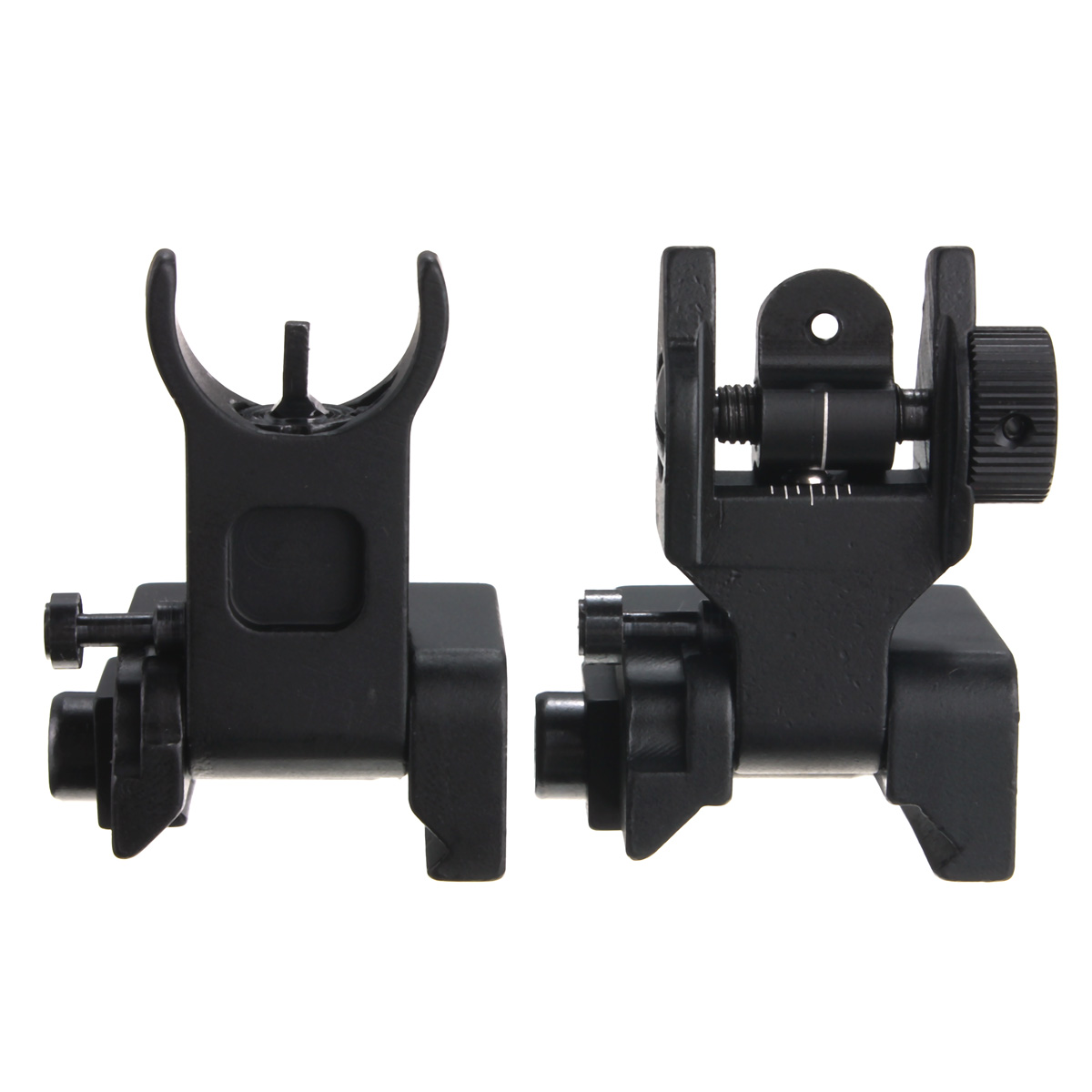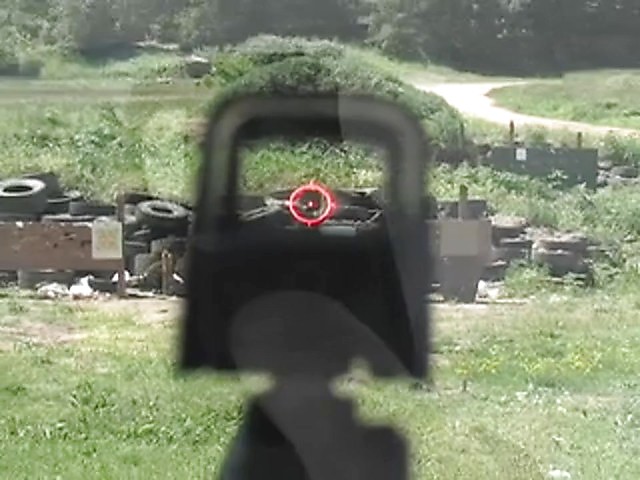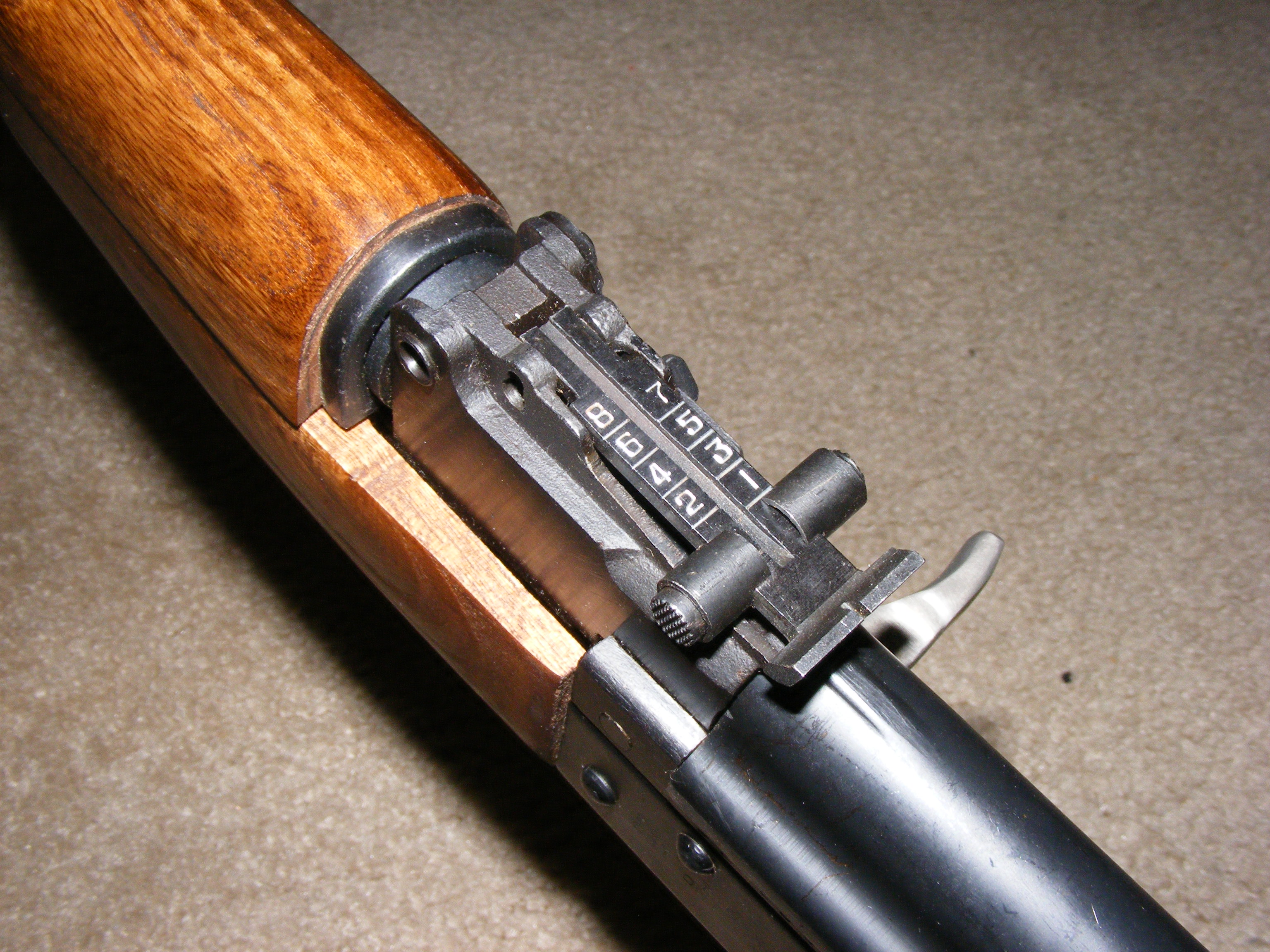Table of Contents
Whether it is for military or civilian use, nothing beats a scope for mid- to long-range shooting. When dealing with any kind of optics, electronic or otherwise, the question is always the same: what’s the best one to use?
It is a very common question, and it presents itself whenever accessories are brought up. But this applies even more, perhaps, when it comes to the kind of accessories which involve optical focus or enhancement.
For the purposes of this post, we’re going to focus on sights and scopes for rifles. More specifically, we will look at the AR-15. Sights for handguns (read more on glock 19 sights), shotguns, sniper rifles, and other types of firearms can vary greatly, but there are certain principles which remain pretty constant.
So, “what’s the best” may not the right question to ask. The question that would provide the best possible answer to the optics question is twofold: A – what am I using this weapon for? And B – how much am I willing to spend?
Are you fitting this weapon with a scope for competitive use? For lazily picking off vermin who have zeroed in on your property? For personal safety during a 3-day nature hike? A hunting trip? Home defense? Combat / law enforcement use?
There is no one scope that does it all. Depending on the task at hand, your wants and needs can vary a great deal. You will require a different scope or sight enhancer for each of the situations mentioned above. It is precisely because of this that prior knowledge of use and intent is necessary, before choosing a scope or sight.
Scopes and Sights Categories
Generally, scopes and sights are broken down into several categories:
- Iron sights
- Red dot sights, which is a general term usually reserved for the following: Reflex (aka reflector) sights, Laser sights, and Holographic sights
- Telescopic (aka scope or magnifying) sights
Within the scope sights category, there is another split, this time into fixed or adjustable magnification. Scopes also differ by size of objective lens, tube length, eye piece, turrets, reticles, and mounting capabilities. They can also vary greatly in the category of price.
Price is a factor which is important, and not only from a financial point of view. When it comes to scope prices, the guiding principal is this: the more expensive scopes are usually better. Obviously, this isn’t true 100% of the time, but more often than not, you will find that the more expensive scopes are made of higher grade materials, are a lot more durable, and can provide the shooter with an accuracy that is significantly better than the cheaper models.
Let’s go a little more in depth.
Iron Sights
Normally, these are the sights which will be provided by the factory. Sometimes, the rifle will comes with no sights at all. Iron sights are usually made of metal, and include two components – a front sight and rear sight. The formation of the sights can either be open or aperture. Open sights make use of some sort of notch, bump, or line in the rear, while aperture sights offer the use of a circular hole. In adjustable or flip up iron sights, it is usually the rear one which is adjustable for windage and elevation. Iron sights are generally made of aluminum, polymer, or steel.
Some iron sights are placed at a 45 degree offset, which allows the shooter to quickly transitions between optics and iron sights.
Reflex (aka Reflector) Sights
Reflex sights have been in use since the turn of the 20th century. That is impressive. They were all the rage during WWII. These sights make use of an aiming point (like a crosshair or bullseye) which has been superimposed on the shooter’s field of view. This is done by using a reflecting glass component (hence the name), and it allows the shooter to focus on one thing – the target. No need to align anything with anything. The image stays on target, even if the shooter’s eyes move.
Laser Sights
These are pretty straightforward. A laser beam is emitted from the sight (which is aligned with the barrel), and the beam bounces off the target. This will result in a small dot appearing on the target itself. Lasers are powerful, and the red (or, in recent years, green) dot will appear even at long distances. Even though a laser beam is considered to be very accurate, these sights cannot factor in any changes in distance, windage, ballistics, target movement, etc.
Holographic Sights
The first holographic sight was introduced in 1998, by EOTech. The idea behind the holosight is that – much like a reflective sight – a reticle is superimposed on the shooter’s field of view. This is done using advanced photography. A photograph of the reticle is taken, and is then placed between two pieces of glass. Unlike a reflective sight, the holosight has no reflective coating, which means that the path of normal light is not curved or otherwise distorted. The reticles, being holograms, could be made into any shape or configuration, including three dimensional ones.
Telescopic (aka Scope or Magnifying) Sights
Fixed scopes: these are usually less expensive and smaller in size. They may not be as versatile as adjustable scopes, but they do provide the shooter with a simpler optic. Sometimes, less really is more. A 6x fixed scope could potentially provide the shooter with better clarity, higher brightness, and less distortion than an adjustable scope turned to 6x power.
Adjustable scopes: these are also called variable scopes, and they come in many different powers of magnification. This is where close-, mid-, or long-range targets make a huge difference. There are scopes powered up to 60x, but the chances of you needing to actually use that kind of scope are slim to none. Just because a scope has lots of magnification power, it doesn’t necessarily make it the best one for the task at hand. Again, it all comes down to weapon usage.
Acquiring your target quickly and easily is how you win a gun fight. Many (read: most) armed confrontations take place within short distances of 50 yards or less. In activities such as a 3-gun competition, the distances can be much greater. In combat, depending on the terrain and the presumed location and number of the enemy – heavy, long-range scopes can either be a bare necessity or a useless liability.
Scopes are a great thing to have, especially on an assault rifle. With the AR-15 platform, many aftermarket optics exist. Companies like Mepro, Bushnell, EOTech, and Magpul sight set are doing their best to deliver only the finest optics to their customers.
Other assault rifles, like the AK-47 and its variants, are more limited in the amount of optical accessories which are available for them. This is because the AK-47 has a shorter effective range than the AR-15. That being said, the AK-47 is considered by many to be the more accurate of the two, within their respective ranges – and the best AK 47 scope mount you can get your hands on will only help matters.
Even if you have the best scope in the world, it is never a good idea to get rid of your iron sights. You never know when an optic will fail or be destroyed. It is a battery-powered tool, after all, and you don’t want to become too dependent on it. Practice with both sights, and don’t be left out in the cold. Know how to handle your weapon, for your sake and the sake of your loved ones.




No comments yet.